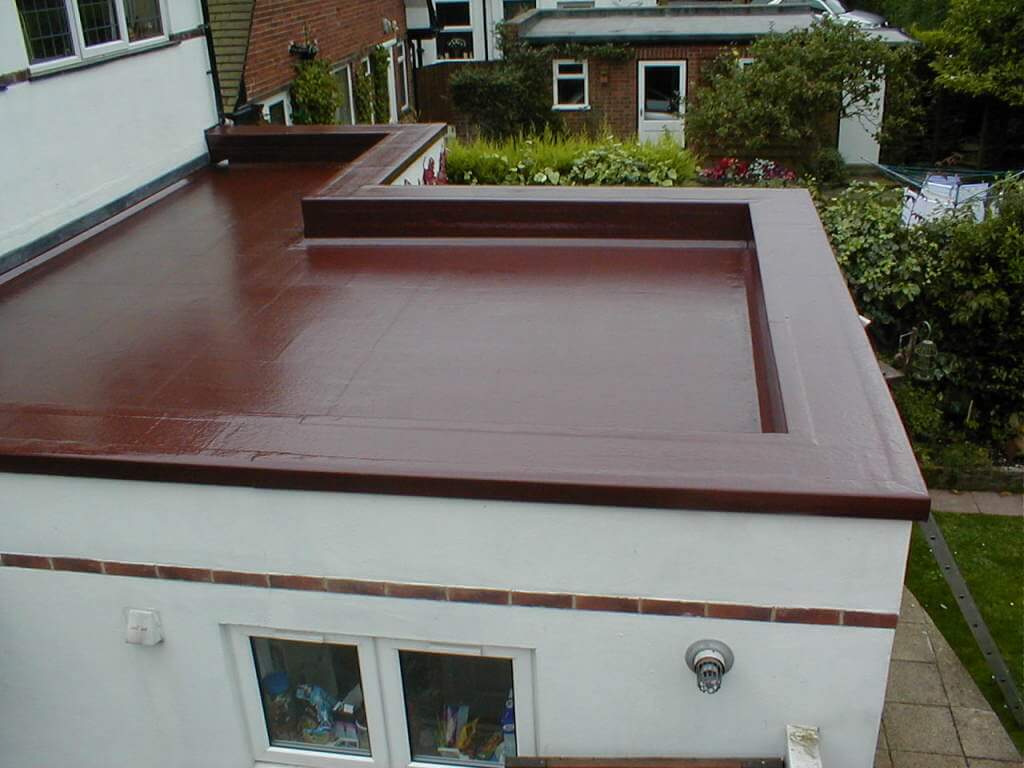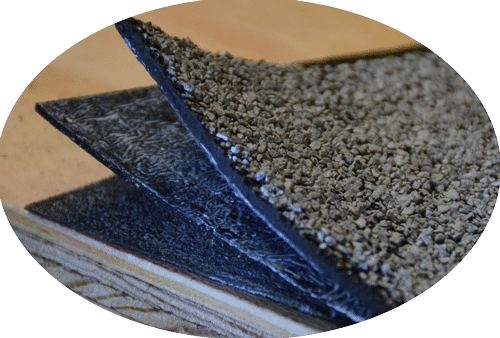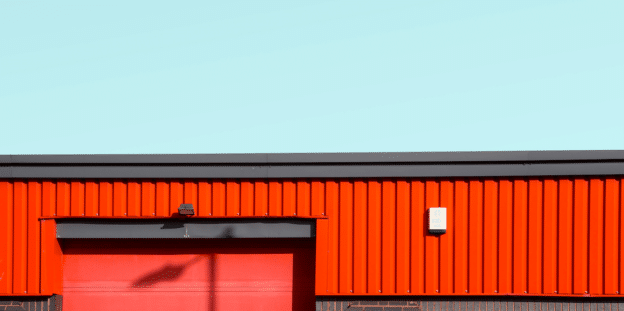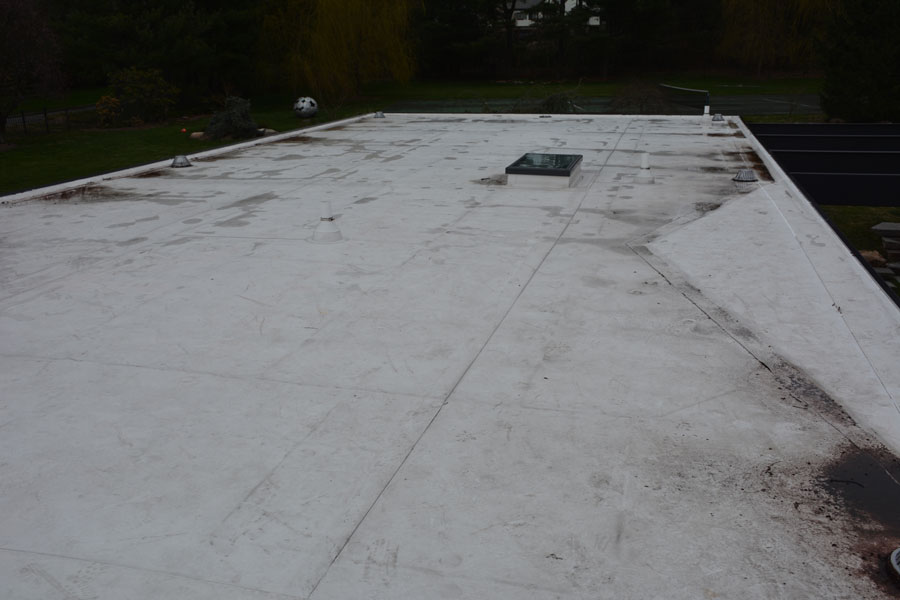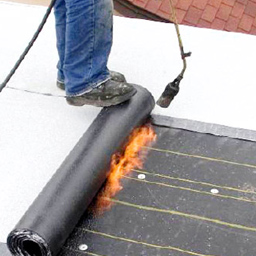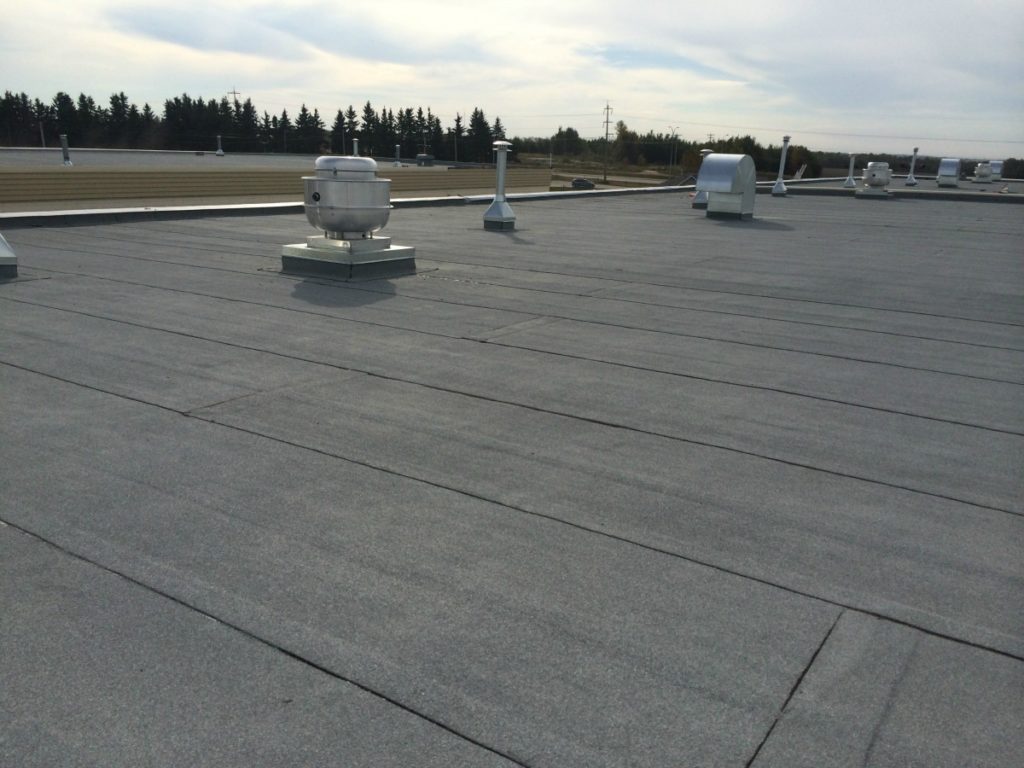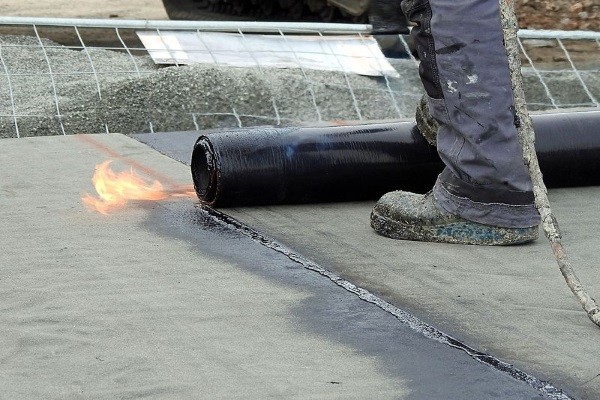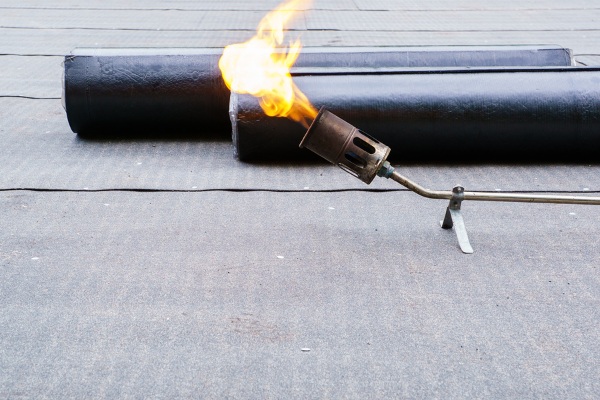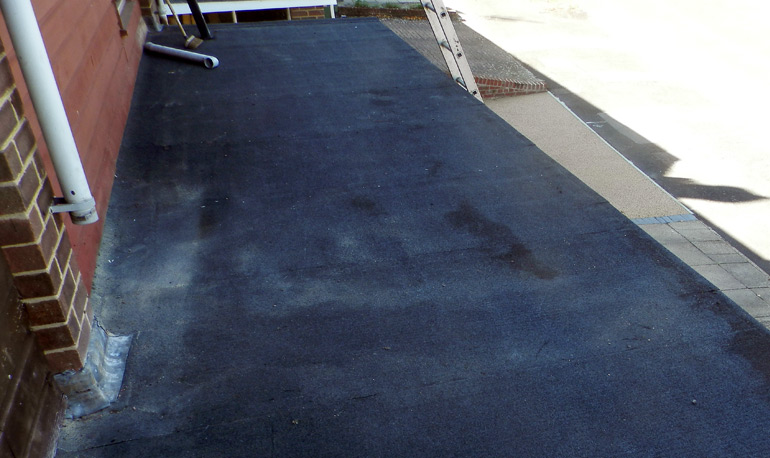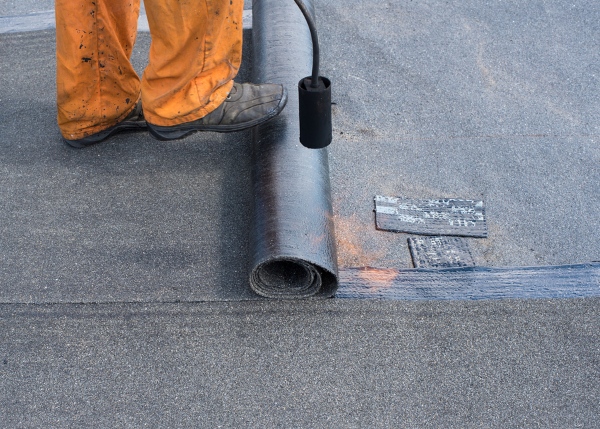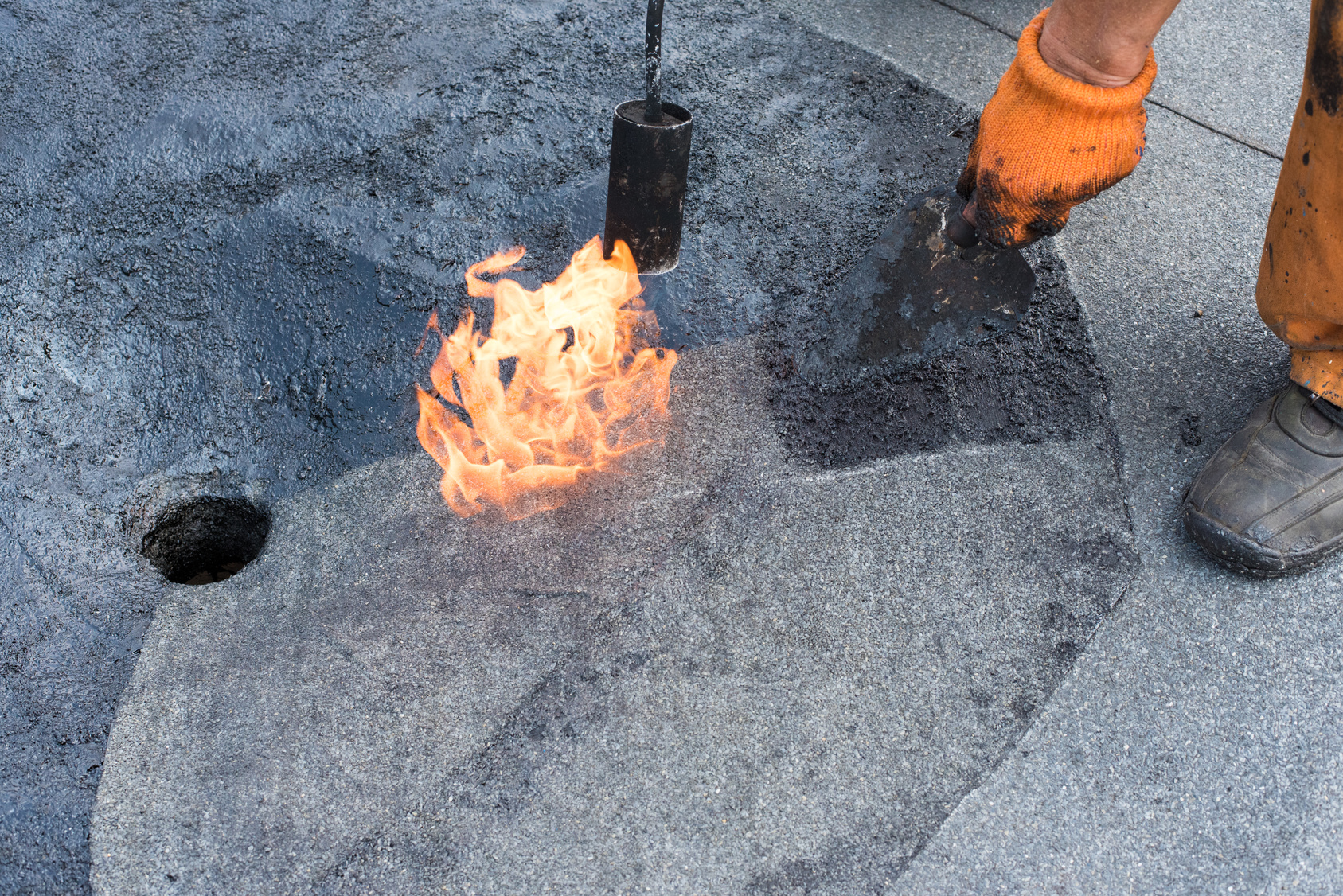Torch Down Roof Pros And Cons
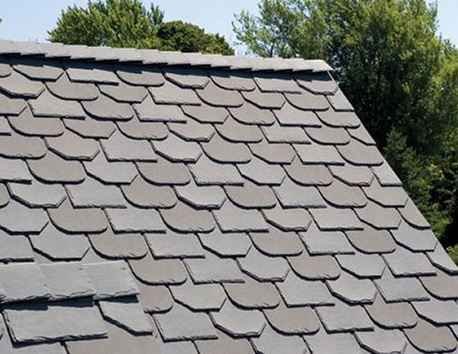
Unlike tar torch down roofing systems do not give off any type of harmful noxious fumes.
Torch down roof pros and cons. Discover the various components of a torch down roof and the materials used to manufacture it. Fire is a huge safety hazard. Plus learn the advantages and disadvantages of a torch down roof system. Additionally we ll talk about 2 layer torch down roofing and compare it with its three layer variant.
In texas and other states in america roofers must have sufficient licensure and training to conduct torch down roofing. Torch down systems involve heating the adhesive as the material is unrolled. Torch down roofs are composed of two or more layers of a modified asphalt membrane applied with an open flame torch. Newer peel and stick systems are safer and easier.
The conventional method of installation called torch down involves heating the backside of the roofing as it is unrolled essentially melting the material to the base layer. Disadvantages of three layer torch down roofing. Torchdown roofing is sometimes also referred to as rubberized asphalt and is the most common type of roofing to be used on flat roofs. To start off installation can be hazardous.
Finally torch roofing is also free of harmful fumes. Peel and stick material can be installed by homeowners. Pros and cons how roof pitch affects your choice of roofing materials comparing 7 roofing materials for longevity. Therefore only work with professionals.
However torch down roof has pros and cons similar to any other roofing material. The asphalt is melted onto the roof using a torch creating an impermeable roof that has an average life of between 15 and 20 years. In fact the article above stated that torch down roofing pros and cons is a possible fire hazard even after installation.


